Home>Articles>What Happens When You Put A Toaster In The Bathtub
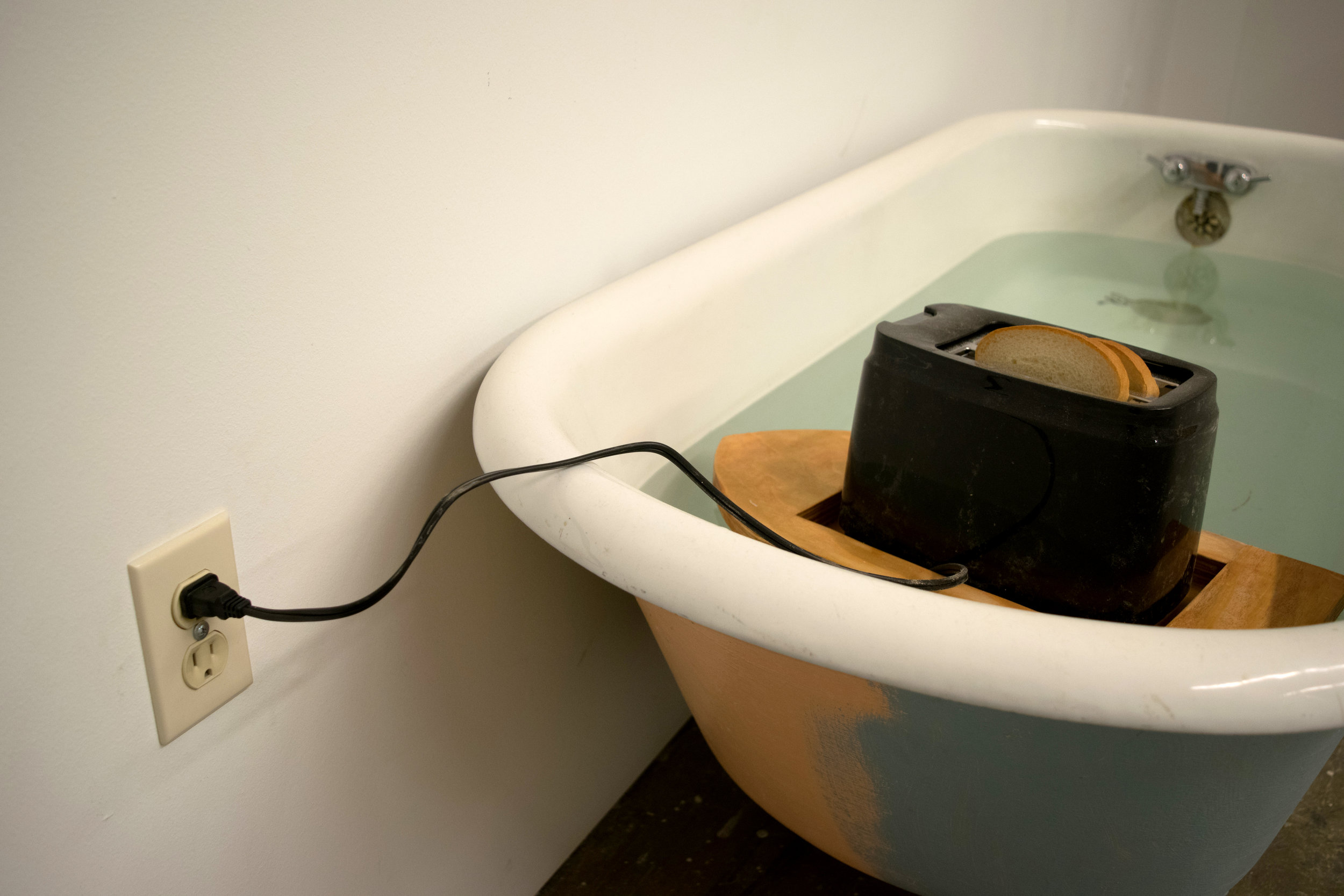

Articles
What Happens When You Put A Toaster In The Bathtub
Modified: February 17, 2024
Discover the shocking truth about what happens when you put a toaster in the bathtub. Read our articles to learn about the dangers and potential consequences of this dangerous act.
(Many of the links in this article redirect to a specific reviewed product. Your purchase of these products through affiliate links helps to generate commission for Storables.com, at no extra cost. Learn more)
Introduction
Have you ever wondered what would happen if you decided to put a toaster in the bathtub? While this may seem like a bizarre and dangerous experiment, it’s crucial to understand the potential consequences of mixing electricity and water. In this article, we will explore the dangers of such an action, the possible risks and hazards involved, and the precautions you need to take when using electrical appliances near water.
Electricity is an incredible force that powers our modern world. It is responsible for illuminating our homes, powering our devices, and enabling countless technological advancements. However, as useful as electricity is, it can also be extremely hazardous when misused or mishandled.
Water, on the other hand, is essential for our survival and is a common element found in our daily lives. From cooking and cleaning to taking showers and relaxing baths, water plays a fundamental role in maintaining our hygiene and well-being.
When electricity and water come into contact, the results can be catastrophic. The combination of these two powerful elements can cause severe electrical shock, fire, and even death. It is important to remember that water is a conductor of electricity, meaning it can facilitate the flow of electrical current and amplify the risks associated with it.
Now, let’s delve into the experiment of placing a toaster in the bathtub and understand the potential dangers and consequences.
Key Takeaways:
- Mixing electricity and water, as demonstrated by placing a toaster in the bathtub, can lead to severe dangers such as electric shock, burns, and fires. It is crucial to prioritize safety and exercise caution around electrical appliances and water.
- Implementing safety precautions, such as keeping electrical appliances away from water sources and using ground fault circuit interrupters (GFCIs), can significantly reduce the risks associated with electricity and water. Prioritizing personal safety and responsible behavior is essential.
The Dangers of Electricity and Water
Before we discuss the experiment of placing a toaster in the bathtub, let’s explore the inherent dangers of electricity and water. Both electricity and water pose their own risks individually, but when combined, they create an extremely hazardous situation.
Electricity is a powerful and unseen force that flows through conductive materials, such as wires and circuits. It follows the path of least resistance, seeking any route to complete the circuit and reach the ground. When a person comes into contact with an electrical current, it can result in severe injuries, including burns, muscle contractions, and even cardiac arrest.
Water, as mentioned earlier, is an excellent conductor of electricity. When exposed to electrical currents, water can conduct the electricity and potentially cause electric shock. The presence of water decreases the body’s resistance to electrical current, making it easier for the electricity to pass through the body and result in serious injuries or even death.
When electricity and water come into contact, several risks arise. One of the most significant risks is electric shock. Electric shock occurs when a person’s body forms a path for the electrical current to flow through. The severity of an electric shock depends on various factors, such as the voltage of the current, the path it takes through the body, and the duration of exposure.
In addition to electric shock, the combination of electricity and water can also lead to fires and explosions. If an electrical source comes into contact with water, it can cause a short circuit, resulting in sparks and heat that can ignite flammable materials nearby. This can quickly escalate into a fire, putting lives and property at risk.
It is also important to mention the risk of electrocution in wet environments. Wet surfaces, such as floors or outdoor areas, can become conductive due to the presence of moisture. If an electrical source comes into contact with a wet surface, it can electrocute anyone who comes into contact with both the wet surface and the electrical source.
Understanding these inherent dangers highlights the importance of exercising caution when it comes to electrical appliances and water. Next, we will delve into the experiment of placing a toaster in the bathtub to uncover the potential risks and hazards involved.
Experiment: Placing a Toaster in the Bathtub
Now, let’s imagine a scenario where someone decides to place a toaster in the bathtub. This reckless and dangerous act can have severe consequences due to the combination of electricity and water.
When a toaster is submerged in water, several things can occur simultaneously. The first major risk is the potential for electrical shock. Since water is a conductor of electricity, it allows the electrical current to flow through it easily. As a result, anyone touching the water or coming into contact with the energized toaster will be at risk of electric shock.
When the toaster is plugged into an electrical outlet, it supplies the necessary voltage to heat the heating elements inside. These heating elements are designed to withstand dry conditions and are insulated to prevent electrical contact. However, when submerged in water, the insulation becomes compromised, exposing the metal elements to the conductive medium.
As the electrical current flows through the heating elements, the water surrounding the toaster begins to heat up. This can lead to a dangerous situation where the water becomes heated rapidly, potentially causing burns or scalding to anyone in the bathtub.
In addition to the risk of electric shock and burns, placing a toaster in the bathtub can also lead to short circuits and electrical fires. As water seeps into the electrical components of the toaster, it can disrupt the normal functioning of the circuitry. This can result in a short circuit, causing sparks and potentially igniting any flammable materials in the immediate vicinity.
It is crucial to emphasize that this experiment is extremely dangerous and should never be attempted under any circumstances. The risks and potential harm that can come from mixing electricity and water cannot be understated.
Next, let’s explore the effects that placing a toaster in the bathtub can have on both the appliance itself and the bathtub itself.
Potential Risks and Hazards
When placing a toaster in the bathtub, there are several potential risks and hazards that individuals need to be aware of. These dangers can have severe consequences and should not be taken lightly.
1. Electric Shock: The most immediate and significant risk is the potential for electric shock. As mentioned earlier, water is a conductor of electricity, and when it comes into contact with an energized toaster, the electrical current can pass through the water and into a person’s body. This can result in severe injuries or even death.
2. Burns and Scalding: The presence of a toaster in the water can heat up the surrounding water rapidly. This increase in temperature can lead to burns and scalding to anyone in the bathtub. The extent of the burns will depend on the intensity and duration of the exposure to the heated water.
3. Fire and Explosion: Placing a toaster in the bathtub can lead to short circuits and electrical fires. As water seeps into the electrical components of the appliance, it can cause sparks and heat, potentially igniting any flammable materials nearby. This can quickly escalate into a fire, posing a danger to individuals in the vicinity.
4. Damage to the Electrical System: Submerging a toaster in water can cause irreversible damage to the electrical system of the appliance. Water can corrode the internal components, leading to malfunction or complete failure. Attempting to use a water-damaged toaster can result in further electrical hazards, including the risk of electrocution or additional fires.
5. Water Damage: Placing a toaster in the bathtub may cause water to spill or splash onto surrounding surfaces, including walls, flooring, and electrical outlets. This can cause water damage, which can lead to structural issues and increase the risk of electrical hazards throughout the space.
It is vital to recognize that these risks and hazards are not limited to just placing a toaster in the bathtub. Any electrical appliance or device that comes into contact with water can pose similar risks. It is essential to exercise caution and follow safety guidelines when using electrical devices near water sources.
Next, we will explore the effects that placing a toaster in the bathtub can have on both the appliance and the bathtub itself.
Effects on the Toaster
When a toaster is submerged in water, it can have detrimental effects on the appliance itself. The combination of electricity and water can cause irreversible damage and render the toaster inoperable.
1. Electrical Damage: The presence of water compromises the insulation and protective measures of the toaster’s electrical components. This can lead to short circuits, which can damage the wiring and circuitry of the appliance. The electrical damage can render the toaster unsafe to use and may require repairs or replacement.
2. Corrosion: Water contains minerals and impurities that can cause corrosion on the metal components of the toaster. The moisture facilitates the chemical reactions that lead to rust and deterioration over time. Corrosion can weaken the structural integrity of the toaster, affecting its functionality and posing a potential safety hazard.
3. Heating Element Damage: Most toasters have heating elements made of metal that generate heat when an electric current passes through them. When submerged in water, these heating elements can become damaged or even disintegrate due to the combination of heat and moisture. This damage can prevent the toaster from toasting bread properly and may require replacement of the heating elements.
4. Internal Component Failure: Water can infiltrate the internal compartments and mechanisms of the toaster, causing damage to switches, timers, and other delicate components. The moisture can lead to malfunction or complete failure of these parts, rendering the toaster inoperable and potentially unsafe for further use.
5. Hygiene Concerns: Placing a toaster in the bathtub introduces water, dirt, and other contaminants into the appliance. This can pose a potential hygiene concern if the water used in the experiment is unclean or carries bacteria and other pathogens. It is important to maintain proper hygiene and cleanliness when dealing with electrical appliances in wet environments.
It is crucial to note that attempting to use a water-damaged toaster can pose further risks, including the potential for electrical shock or fire. If a toaster has been submerged in water, it is recommended to seek professional assistance or replace the appliance to ensure safety.
Next, we will explore the effects that placing a toaster in the bathtub can have on the bathtub itself.
Never put a toaster in the bathtub, as it can cause electrocution and serious injury or death. Keep electrical appliances away from water at all times.
Effects on the Bathtub
When a toaster is placed in the bathtub, it not only has consequences for the appliance but also for the bathtub itself. The combination of electricity and water can lead to damage and potential hazards within the bathtub.
1. Electrical Damage: The presence of water and electrical current in the bathtub can cause damage to the bathtub’s electrical system. The water can infiltrate electrical outlets, wiring, and other electrical components, leading to short circuits or even electrical fires. This can compromise the functionality of the electrical system in the bathroom and pose a risk to anyone using the bathtub.
2. Water Damage: Submerging a toaster in the bathtub can result in water splashing or spilling onto the surrounding areas, including the bathtub itself. Continuous exposure to water can cause damage to the bathtub’s surface, especially if it is made of materials like wood or certain types of metal. Water damage can lead to deterioration, discoloration, or warping of the bathtub.
3. Corrosion and Rust: If the bathtub is made of metal, such as cast iron or steel, the presence of water can lead to corrosion and rust. The water serves as a catalyst for chemical reactions that cause the metal to deteriorate over time. Corrosion and rust can weaken the structure of the bathtub, resulting in potential leaks or even collapse.
4. Hygiene Concerns: Introducing a toaster into the bathtub can introduce dirt, debris, and other contaminants into the water. This can pose a hygiene concern, especially if the bathtub is not thoroughly cleaned and disinfected afterward. It is important to prioritize cleanliness and proper maintenance in wet environments to ensure a safe and hygienic bathing experience.
5. Structural Integrity: Depending on the material and construction of the bathtub, the combination of electricity and water can compromise its structural integrity. Gaps or cracks in the bathtub can allow water to seep into the underlying structure, leading to potential water damage or weakening of the bathtub’s stability.
It is crucial to remember that placing a toaster in the bathtub is an extremely dangerous and ill-advised experiment. The potential risks and hazards not only affect the toaster and the bathtub but also pose severe dangers to individuals involved. Always prioritize safety and exercise caution when it comes to electricity and water, keeping them separate to avoid any potential harm.
Finally, let’s explore the importance of safety precautions and tips to minimize the risks associated with electrical appliances and water.
Electric Shock and Danger to the Individual
When electricity and water combine, the risk of electric shock becomes a significant danger to individuals. Electric shock occurs when a person’s body becomes part of an electrical circuit, allowing the electricity to flow through them. The consequences of electric shock can range from mild discomfort to severe injuries or even death.
1. Physiological Effects: Electric shock can affect the body in various ways. When an electrical current passes through a person’s body, it can cause muscle contractions, making it difficult or impossible for them to release their grip on the source of the shock. This phenomenon, known as electrocution, can lead to an individual being unable to free themselves from the electrical circuit, increasing the duration of exposure and the potential for more severe injuries.
2. Burns and Tissue Damage: Electric shock can cause burns and damage to the body’s tissues. The severity of the burns depends on factors such as the voltage of the current, the duration of exposure, and the pathway the electricity takes through the body. These burns can range from mild to severe and may require medical attention and specialized treatment.
3. Cardiac Arrest: Electric shock can disrupt the normal electrical rhythm of the heart, potentially leading to cardiac arrest. The electrical current can interfere with the heart’s ability to pump blood effectively, resulting in the cessation of blood flow throughout the body. Immediate medical intervention, such as CPR and defibrillation, is crucial to improve the chances of survival in such situations.
4. Neurological Impairment: Electric shock can also impact the nervous system, resulting in neurological impairments. Depending on the severity of the shock, individuals may experience temporary or permanent damage to their central nervous system, leading to issues such as memory loss, cognitive difficulties, nerve damage, or even paralysis.
5. Psychological Trauma: Surviving an electric shock incident can leave individuals with long-lasting psychological trauma. The experience of such a terrifying and potentially life-threatening event can trigger anxiety disorders, post-traumatic stress disorder (PTSD), and other psychological effects. Professional counseling and support may be necessary to aid in the recovery process.
It is important to emphasize that electric shock can happen in various situations involving electricity and water, not just limited to placing a toaster in the bathtub. Proper precautions and responsible behavior should always be exercised when using electrical appliances near water sources to minimize the risks and ensure personal safety.
Next, we will discuss essential safety precautions and tips to reduce the dangers associated with electricity and water.
Safety Precautions and Tips
When it comes to using electrical appliances near water, it is essential to prioritize safety and take necessary precautions to minimize the risks. By following these safety guidelines, you can greatly reduce the chances of accidents and hazards associated with electricity and water:
1. Keep Electrical Appliances Away from Water Sources: Water and electricity should never mix. Do not use electrical appliances near sinks, bathtubs, or any water sources unless they are specifically designed and labeled for use in wet environments. It is crucial to maintain a safe distance and prevent any accidental contact between electrical appliances and water.
2. Install Ground Fault Circuit Interrupters (GFCIs): GFCIs are electrical safety devices that can help prevent electrical shocks by quickly shutting off the power supply when a fault is detected. Install GFCIs in areas where water and electricity are in close proximity, such as bathrooms, kitchens, and outdoor spaces. Regularly test GFCIs to ensure they are functioning properly.
3. Use Electrical Outlets Away from Water: When plugging in or unplugging electrical devices, ensure that your hands and the area around the outlet are dry. It is recommended to dry your hands thoroughly before handling any electrical appliances to avoid the risk of electric shock.
4. Unplug Appliances Before Cleaning: Before cleaning any electrical appliance, ensure it is unplugged from the power source. This reduces the risk of accidental contact with water during the cleaning process and minimizes the chances of electric shock or damage to the appliance.
5. Keep Electrical Cords Away from Water: Avoid placing electrical cords near sinks, bathtubs, or any water sources. If a cord becomes wet or submerged in water, immediately unplug the appliance and allow the cord to dry completely before using it again. Damaged or frayed cords should be replaced promptly to prevent electrical hazards.
6. Regular Equipment Maintenance: Regularly inspect your electrical appliances for any signs of damage or wear and tear. It is recommended to have a qualified electrician check your home’s electrical systems periodically to ensure they are in proper working condition and meet safety standards.
7. Educate Children about Electrical Safety: Teach children about the dangers of electricity and the importance of avoiding water and electrical appliances. Keep electrical cords out of their reach and teach them not to touch outlets or sockets. Supervision is crucial when children are near water or using electrical devices.
Remember, these safety precautions and tips apply not only to toasters and bathtubs but to any situation involving electricity and water. Prioritizing safety and responsible behavior can help prevent accidents and ensure the well-being of yourself and others.
Finally, let’s conclude this article by summarizing the key points we have discussed.
Conclusion
Placing a toaster in the bathtub is an extremely dangerous experiment that should never be attempted. The combination of electricity and water can lead to severe consequences, including electric shock, burns, fires, and even loss of life. Understanding the inherent risks and hazards associated with electricity and water is crucial to ensuring personal safety and the well-being of others.
Electricity and water should always be kept separate. The risks of electric shock and other injuries are ever-present when these two powerful elements come into contact. It is essential to exercise caution when using electrical appliances near water sources and to follow safety precautions to minimize the risks.
Some key points to remember are keeping electrical appliances away from water sources, installing ground fault circuit interrupters (GFCIs), using electrical outlets away from water, unplugging appliances before cleaning, keeping electrical cords away from water, performing regular equipment maintenance, and educating children about electrical safety.
By adhering to these safety measures, individuals can significantly reduce the chances of accidents and electrical hazards. It is crucial to prioritize personal safety and make responsible choices when dealing with electricity and water.
Remember, electricity and water can be a deadly combination. Exercise caution, follow safety guidelines, and if you ever have doubts or concerns, consult a qualified electrician or professional for assistance.
Let’s make safety our top priority and ensure that our interactions with electricity and water are conducted in a responsible and informed manner.
Frequently Asked Questions about What Happens When You Put A Toaster In The Bathtub
Was this page helpful?
At Storables.com, we guarantee accurate and reliable information. Our content, validated by Expert Board Contributors, is crafted following stringent Editorial Policies. We're committed to providing you with well-researched, expert-backed insights for all your informational needs.
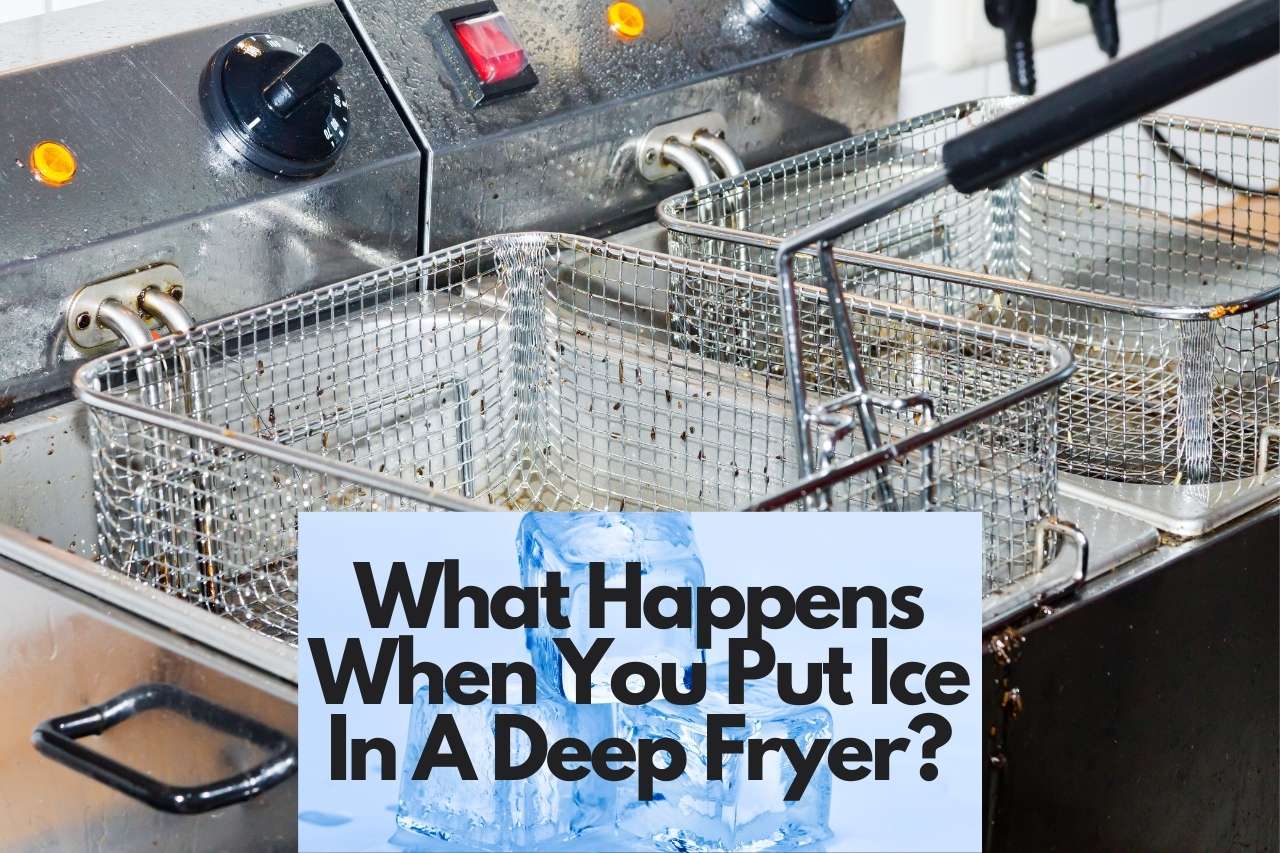
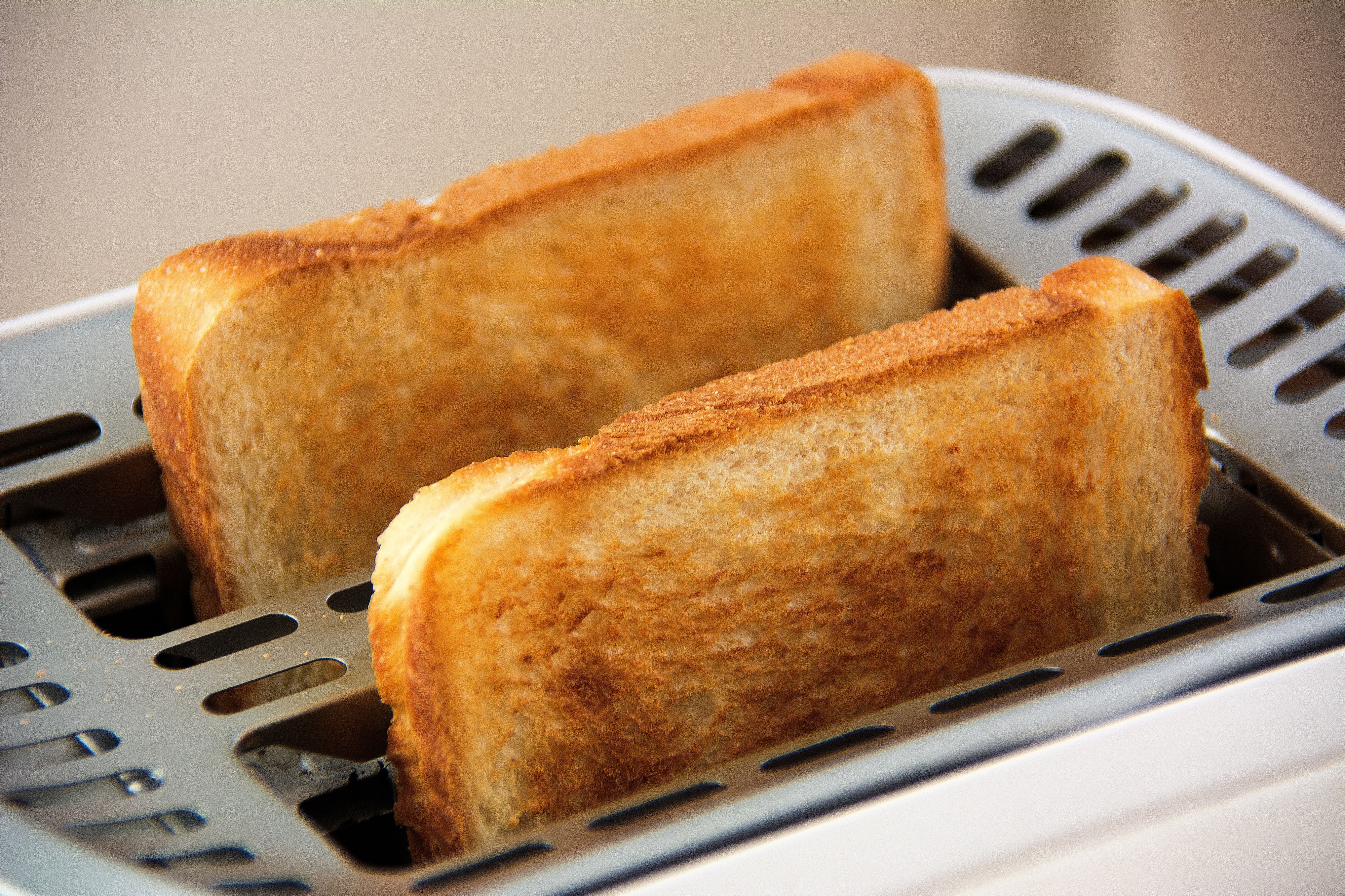
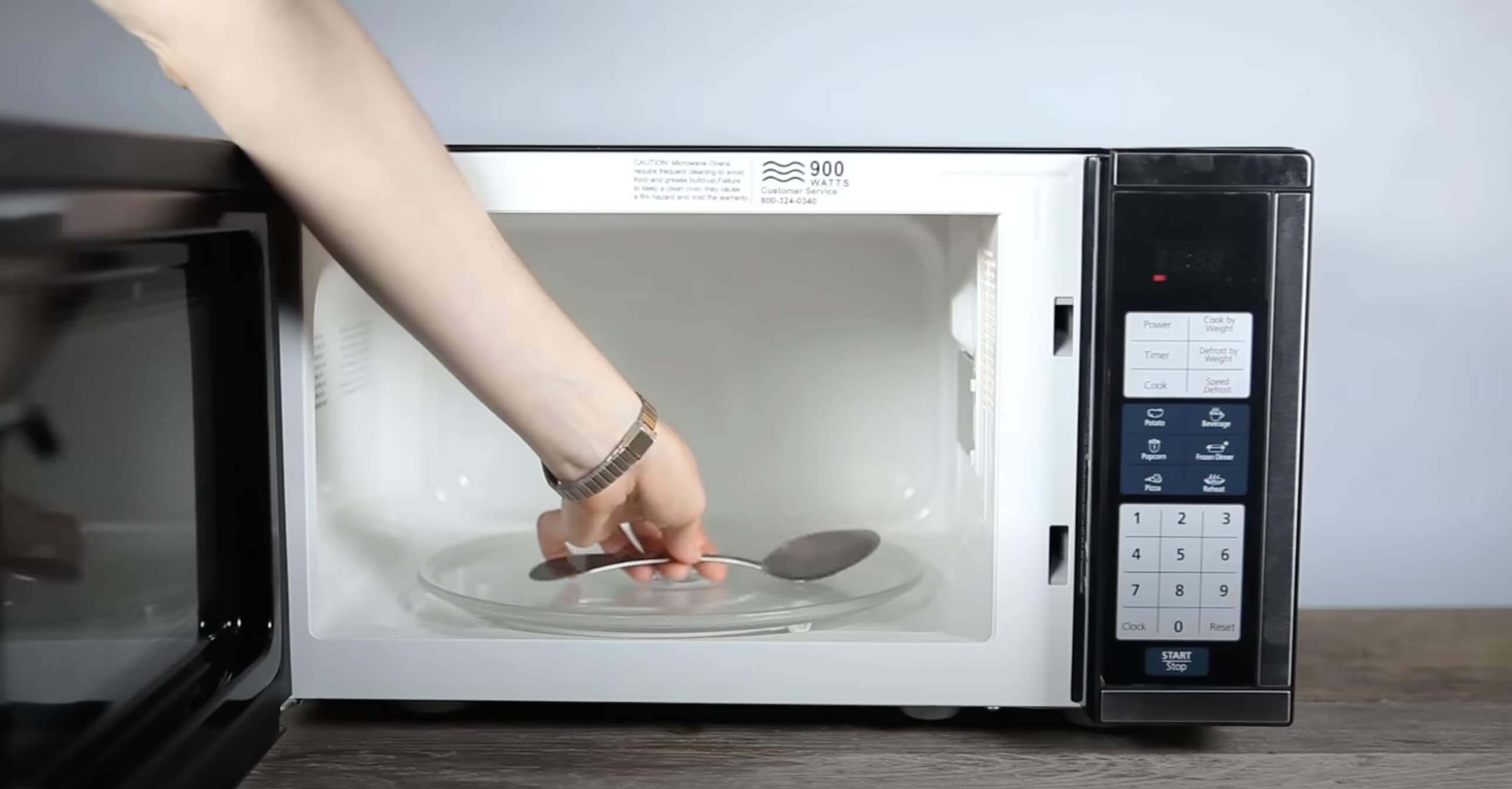
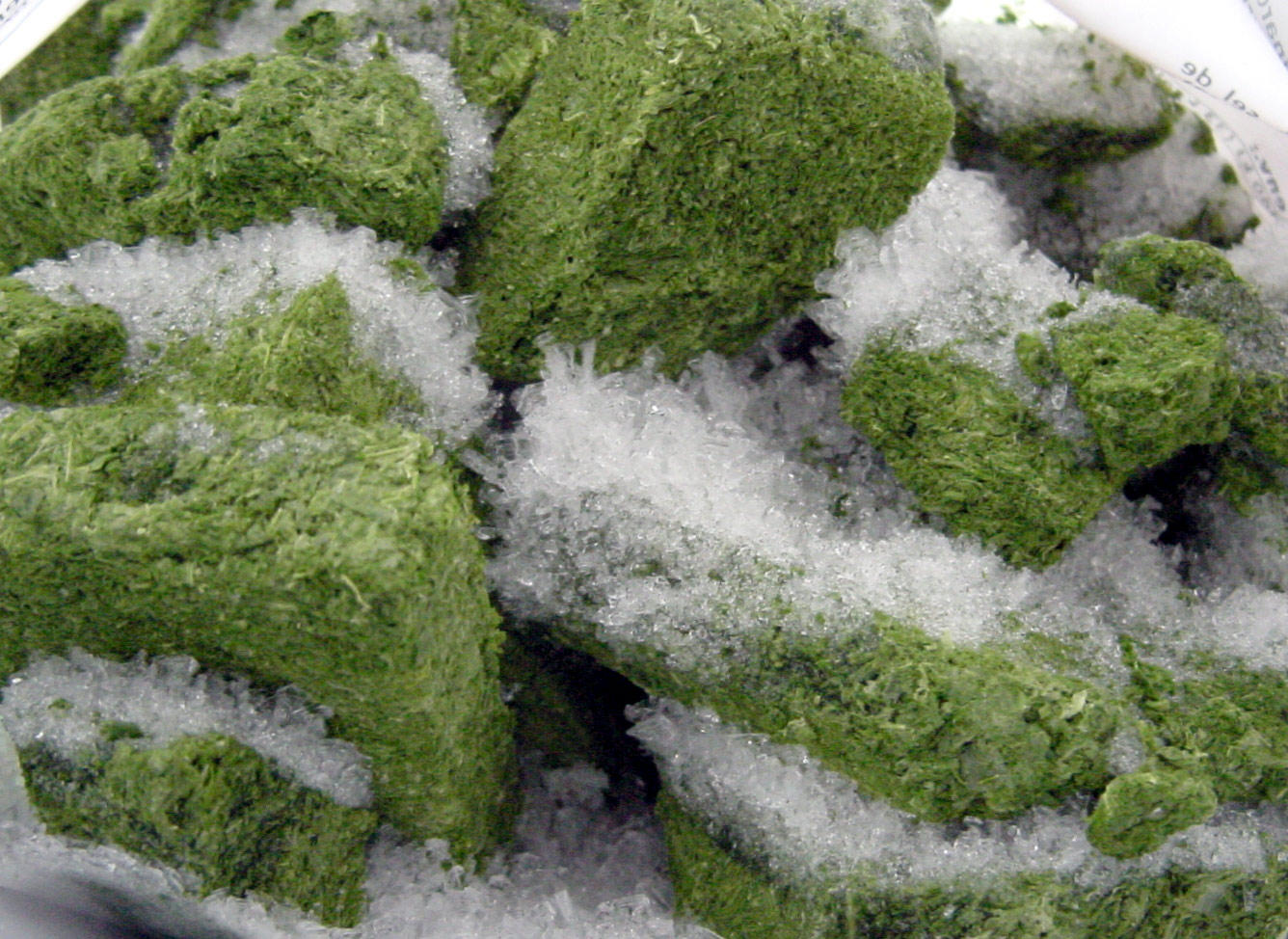


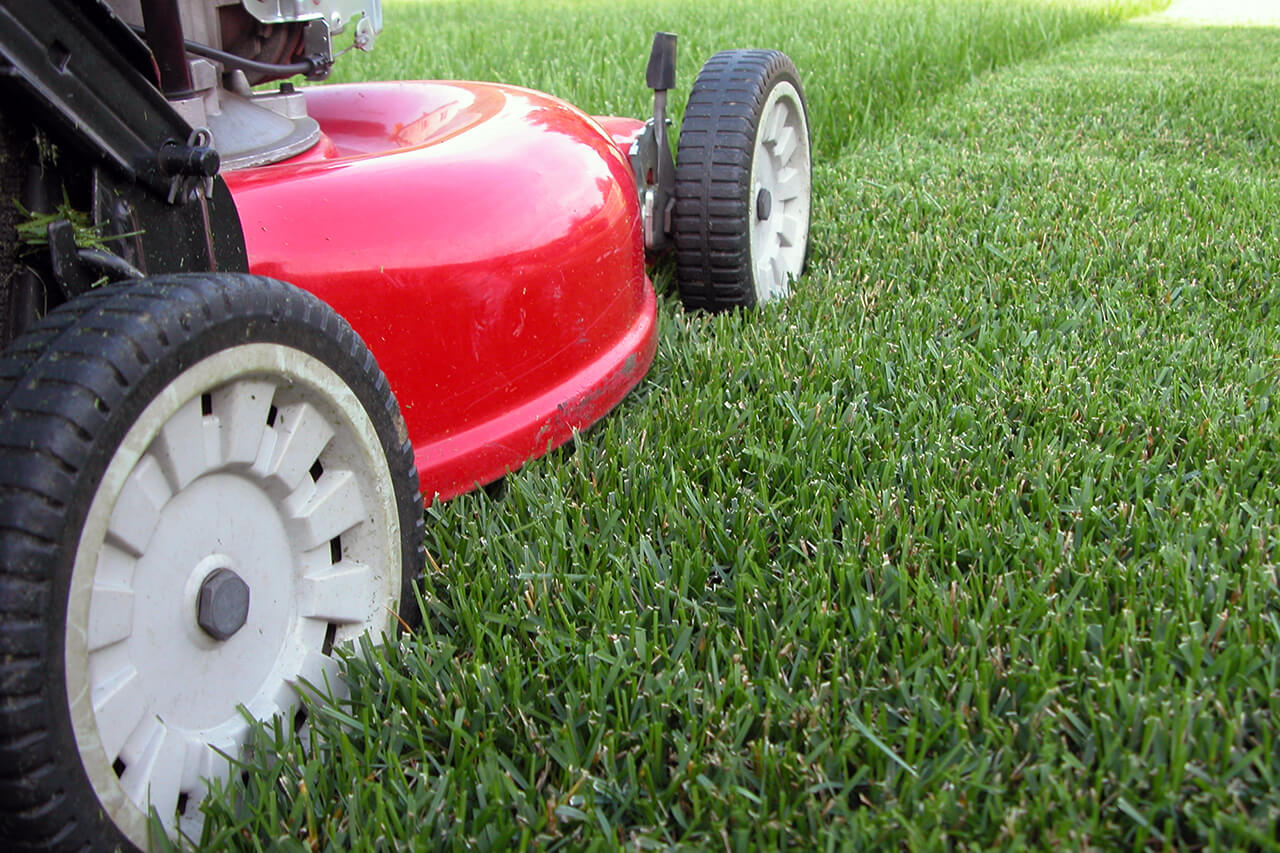

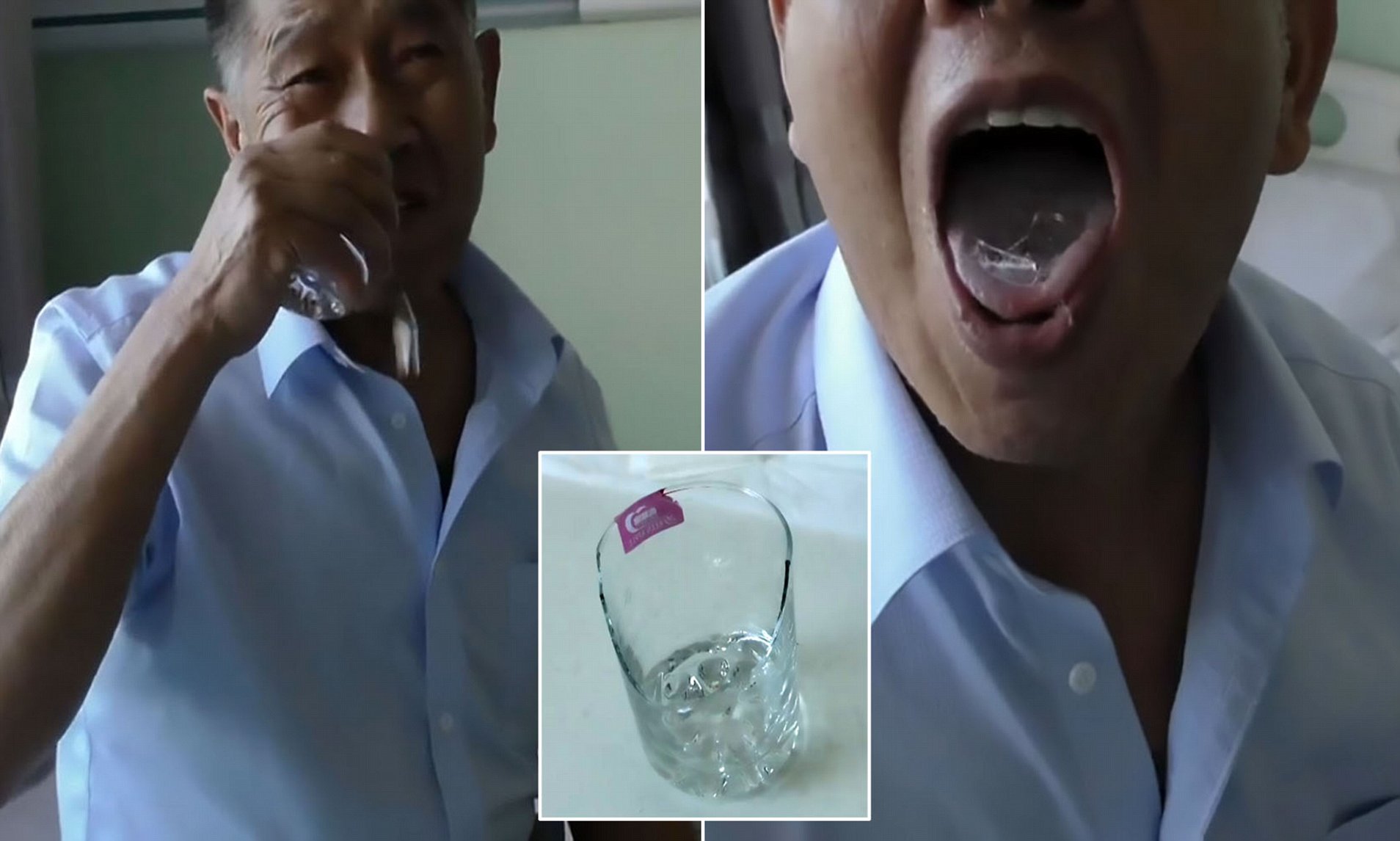
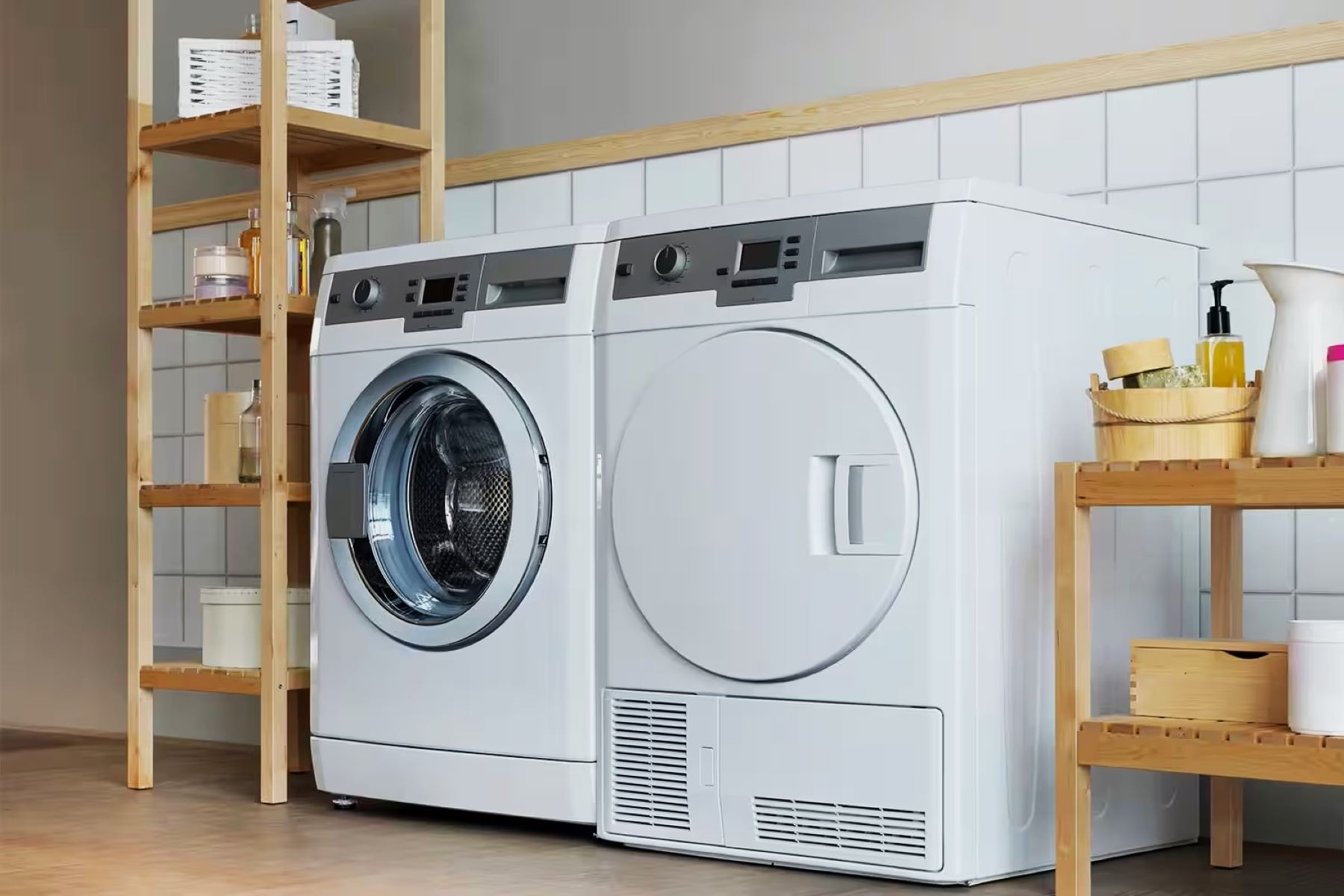

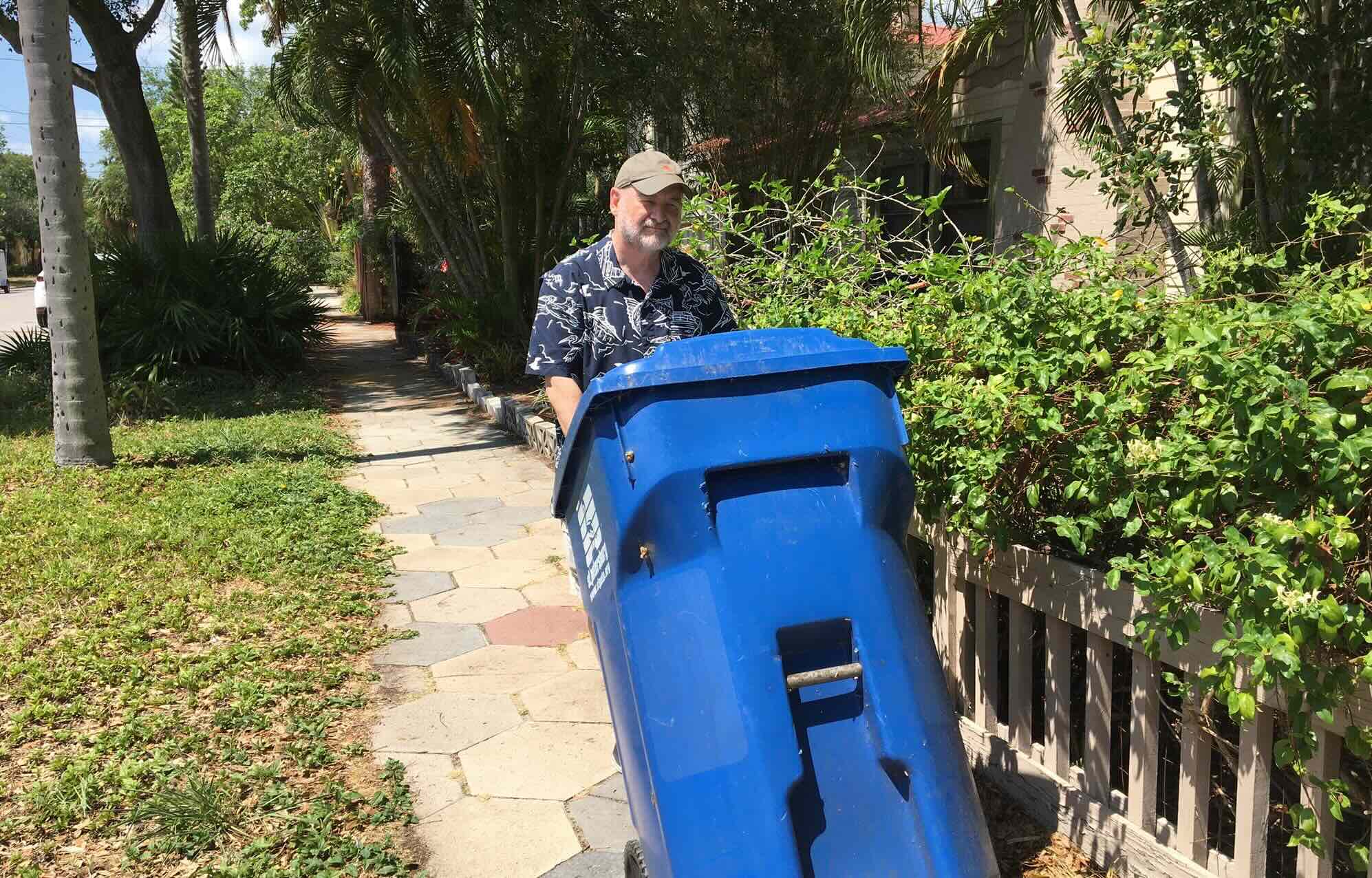



0 thoughts on “What Happens When You Put A Toaster In The Bathtub”